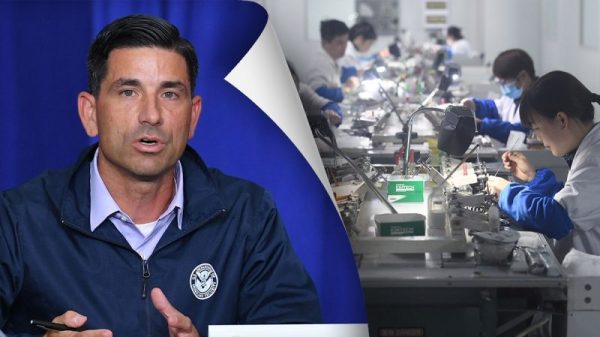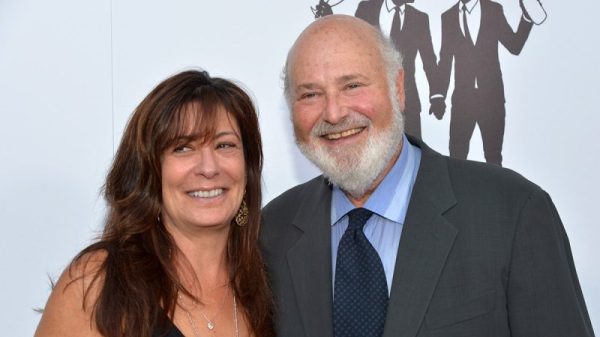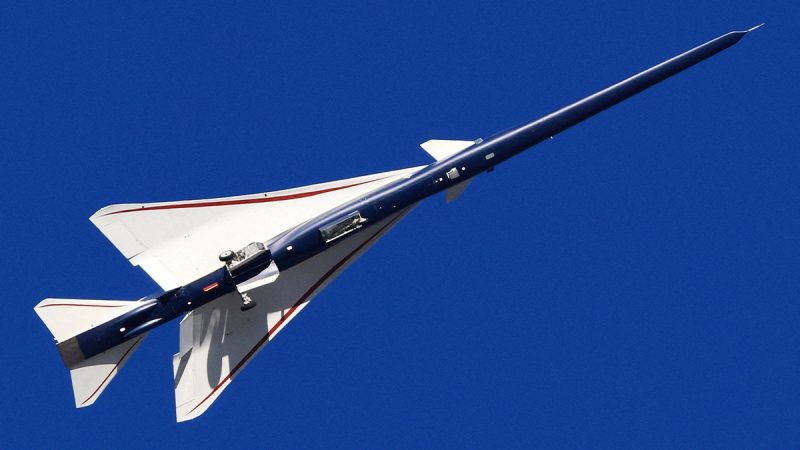A new ‘quiet’ supersonic X-59 jet designed to revolutionize air travel successfully completed its first test flight, Lockheed Martin announced this week.
The sleek, needle-point aircraft built for NASA is designed to break the sound barrier while reducing the sonic boom to a ‘thump,’ according to the aerospace contractor. The aircraft aims to overcome one of the major hurdles to supersonic travel, which is noise restrictions over land.
The plane took off from Palmdale, Calif., at Skunk Works’ facility at U.S. Air Force Plant 42, accompanied by a NASA chase plane. It landed safely about an hour later at NASA’s Armstrong Flight Research Center.
The plane’s unique shape is designed to greatly lower the volume of the sonic boom typically produced when a plane breaks the sound barrier.
The long, pointed nose prevents adequate forward-facing visibility, so the pilot flies relying on a monitor in the cockpit.
NASA has paid Lockheed over $500 million since 2018 to develop the plane.
The plane, which measures just under 100 feet nose to tail, flew at subsonic speeds on its first flight, around 230 miles per hour and reached 12,000 feet.
The plane is built to eventually reach a cruising speed of 925 mph, or Mach 1.4, and fly at an altitude of 55,000 feet.
‘This aircraft is a testament to the innovation and expertise of our joint team, and we are proud to be at the forefront of quiet supersonic technology development,’ OJ Sanchez, vice president and general manager of Lockheed Martin Skunk Works, said in a statement.
‘X-59 is a symbol of American ingenuity. The American spirit knows no bounds. It’s part of our DNA – the desire to go farther, faster, and even quieter than anyone has ever gone before. This work sustains America’s place as the leader in aviation and has the potential to change the way the public flies,’ said Sean Duffy, acting NASA Administrator.
The supersonic Concorde aircraft, developed by France and the U.K., began transatlantic flights in 1976, reached max speeds of over 1,300 miles per hour and flew passengers from New York to London in just 3.5 hours.
But high operating costs meant ticket costs were about four times higher than a standard first-class ticket, and the supersonic boom meant the plane could only fly at such high speeds over water.
A crash in 2000 deeply affected public confidence in the plane, and it was retired in 2003.
NASA plans to fly the X-59 over several U.S. cities in the coming years, gathering public feedback that could help regulators update decades-old bans on supersonic flight over land.
If successful, the data could open the door for a new generation of commercial jets capable of cutting cross-country flight times in half — bringing back supersonic travel for the first time in more than two decades, but this time with far less noise.





































